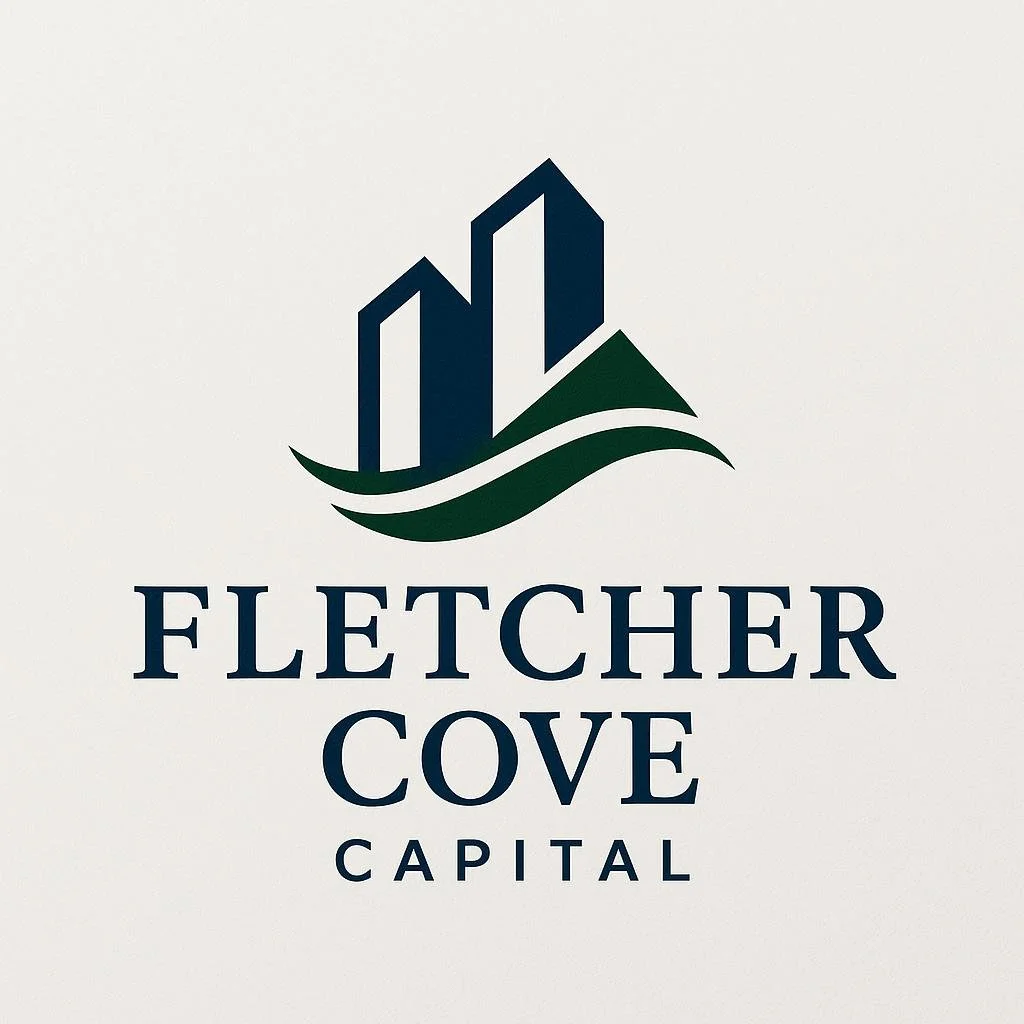What Does a 20% IRR Even Mean? A Plain-English Guide for Passive Real Estate Investors
If you've been exploring real estate investment opportunities, you've probably come across the term IRR — short for Internal Rate of Return — with flashy numbers like “20% IRR” attached. It sounds impressive, but what does it really mean for your bottom line? And more importantly, should you care?
At Fletcher Cove Capital, we aim to demystify real estate finance for our investors — especially busy professionals who want passive, tax-advantaged income without becoming full-time landlords. So here’s a breakdown of what a 20% IRR actually tells you — and how to evaluate if it’s worth your investment.
🔍 First, What Is IRR?
IRR (Internal Rate of Return) is a way to measure the annualized return on your investment — but unlike simple ROI, it accounts for the timing of cash flows.
Let’s say you invest $100,000 into a project. Over the next 5 years, you receive a combination of:
Quarterly cash flow distributions (rent income)
A lump sum at the end when the property is sold (your share of the profits)
IRR takes all those cash flows — and when you receive them — and gives you one percentage that reflects your annual return, compounded over time.
📈 What Does a 20% IRR Look Like in Real Life?
A 20% IRR means that if all cash flows (rents + sale profits) were re-invested at the same rate, your money would grow like it was earning 20% per year.
Here’s an oversimplified example:
| Year | Cash Flow Received | Cumulative Return |
|---|---|---|
| 1 | $8,000 | 8% |
| 2 | $8,000 | 16% |
| 3 | $8,000 | 24% |
| 4 | $8,000 | 32% |
| 5 | $60,000 (sale + rent) | 92% total profit |
In this case, the investor earns roughly $92,000 in profit on a $100,000 investment over 5 years. Because the money comes back gradually, the IRR = 20%, even though the total return is less than double your money.
Why Is IRR Important?
It compares apples to apples. IRR allows you to compare investments with different timelines and structures.
It accounts for risk and timing. Getting $50K in year 2 is worth more than $50K in year 5 — IRR reflects that.
It’s more realistic than total ROI alone. A deal with a 2x return over 10 years sounds great — but if it takes a decade, the IRR could be only ~7%.
But Beware: Not All 20% IRRs Are Equal
Some things to look out for:
Front-loaded vs. back-loaded returns: A deal promising 20% IRR with all profits coming at the end is riskier than one with steady cash flow.
Overly optimistic pro formas: Is that 20% based on best-case lease-up assumptions? Always ask: What’s the downside scenario?
Fees and promotes: Make sure you understand how much the sponsor is taking and when. IRR can be calculated before or after fees.
How We Use IRR at Fletcher Cove Capital
We underwrite every deal conservatively and target IRRs in the 14%–22% range, depending on the project. But we always ask ourselves:
Is this risk-adjusted?
Are we delivering steady income and upside?
Can we protect the downside with real assets and good tenants?
Our goal isn’t to sell you on the highest projected number — it’s to deliver what we say we will. That’s how we’ve earned long-term trust from our investors.
Bottom Line
A 20% IRR means your money is expected to grow at 20% per year, considering all cash flows and the timing of those payments. It’s a strong return — especially when backed by hard real estate assets — but only if the projections are real and the sponsor is experienced.
